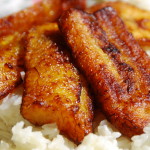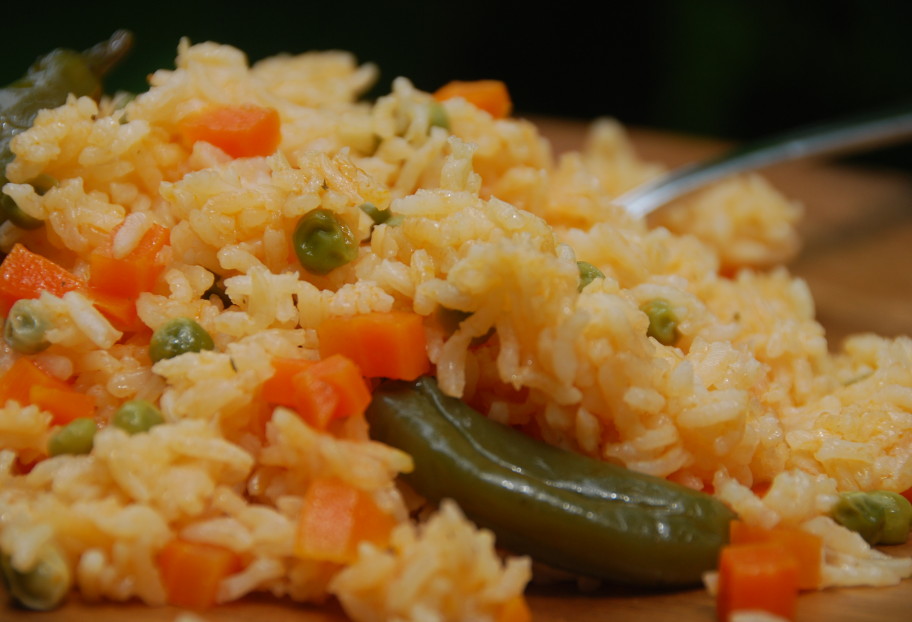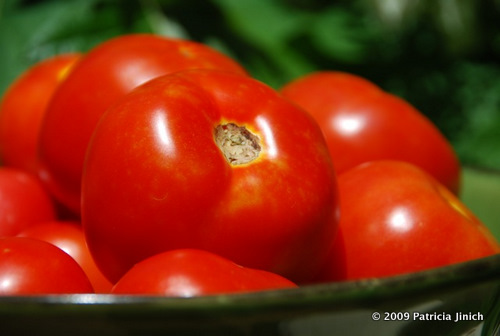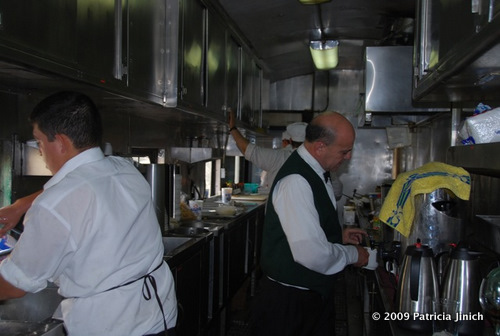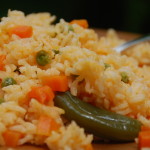So, we are about to start another school year. This time around may be one of the most bittersweet for me, yet.
The sweet side: Season 5 of Pati’s Mexican Table premieres nationwide this September (here’s a sneak peek)!
I can’t believe we have gone from a first season, born out of the sheer passion to share everything from my native country with my new home country, to a fifth season that comes right on the heels of two unexpected Emmy nominations and two James Beard nominations.
Super sweet because, I’m guessing that like during past seasons, the boys and I will jump on the couch in front of our TV to watch every new Season 5 episode right after our late Saturday morning breakfast. (The time and day you get the episodes depends on where you are.)
Super duper sweet because the boys have always watched the episodes with me despite knowing them by heart. They know the episodes names, have eaten the recipes (many times, countless times) and when possible they have tagged along with me to Mexico.
Since this season’s theme is the Maya World, they were able to experience some of the magic of the Yucatán Peninsula: From diving into cenotes, to exploring ancient ruins, to eating the most traditional and the most modern foods from the region.

Now, about the bitter: This is the last season Alan will have been a part of while living at home. This is his last year in high school (can you believe it?!?). So I have been worrying about passing on to him as many skills as I can, so he can cook for himself at college.
The truth is I even wondered what it would be like if we moved back to Mexico, where kids tend to stay at home until they finish college, or even until they get married (yeah, that was me, after our wedding my husband and I went back to my mom’s house to pick up the bags I had packed that morning).
Anyway. I may have already gotten his head spinning trying to explain how to buy every single piece of produce in the market each time we are there. So it was only natural that we ended up with an episode called “Alan Goes to College,” where I tried to show him how easy it is to make some of his favorite things, including these insanely good double-baked potatoes.
It is truly ridiculous how good those potatoes are, with crispy bacon, Mexican crema and melty Oaxaca cheese. You can make them a whole meal on any school night, too!
That’s for the sweet and the bitter in my bittersweet start of this school year. But to end on a more sweet than bitter note…
I recently asked Alan, “when you are off to college, do you think you will want to be part of the next season, if I am lucky enough and work hard enough to continue?” I knew I could get a “nah, ma, it will be complicated,” so I pretended not to be beyond delighted to hear his “of course, ma” with that look of his that really says, “you are the silliest mom ever.”
(P.S. I hope you will go ahead and try these crazy good double-baked potatoes, as a taste of what’s to come in Season 5. If you’re a fan of spicing it up, like me, feel free to add in a couple of chipotle chiles.)
Mexican Overloaded Double-Baked Potatoes
Ingredients
- 2 large russet potatoes washed and scrubbed
- 2 teaspoons olive oil
- 5 thick slices of bacon coarsely chopped
- 3/4 cup Mexican crema
- 3 tablespoons sauce from chipotles in adobo sauce
- 2 chipotle chiles in adobo sauce minced, optional
- 1/2 teaspoon kosher or coarse sea salt plus some to season the potatoes
- 1/2 cup Oaxaca cheese grated
Instructions
- Preheat oven to 400 degrees.
- Using a fork, pierce potatoes all around, about 6 to 8 times. Rub potatoes with olive oil, season with salt, and place on a baking sheet. Bake for 1 hour until tender on the inside and crisp on the outside.
- In a medium skillet set over medium heat, cook the bacon until crisp and lightly browned. Transfer to a paper-towel-lined plate and set aside.
- In a small bowl, mix the crema with the sauce from chipoltles in adobo and minced chiles, if using (I do!). Set aside.
- Remove the potatoes from the oven. Using a knife, cut each one open lengthwise and carefully push the ends together, causing the center to open. Scoop out a couple spoonfuls of the cooked potato meat from each and transfer to a bowl. Sprinkle with salt and mix well.
- Inside the scooped potatoes, layer a spoonful of the chipotle crema mixture, a spoonful of grated cheese and a spoonful of the seasoned potato meat. Repeat with the crema, cheese and potato meat. End with a bit of crema and cheese.
- Raise the oven temperature to 500 degrees, or turn on the broiler. Place the stuffed potatoes back on the baking sheet. Return to the oven for 5 more minutes until the cheese has completely melted and has started to crisp. Remove from the oven, sprinkle with bacon and serve immediately.

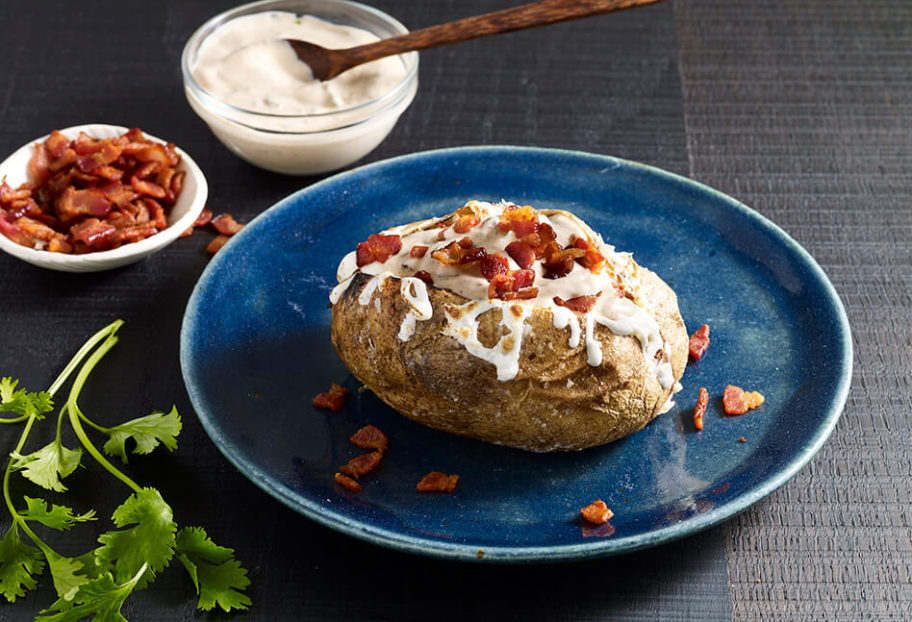

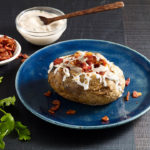
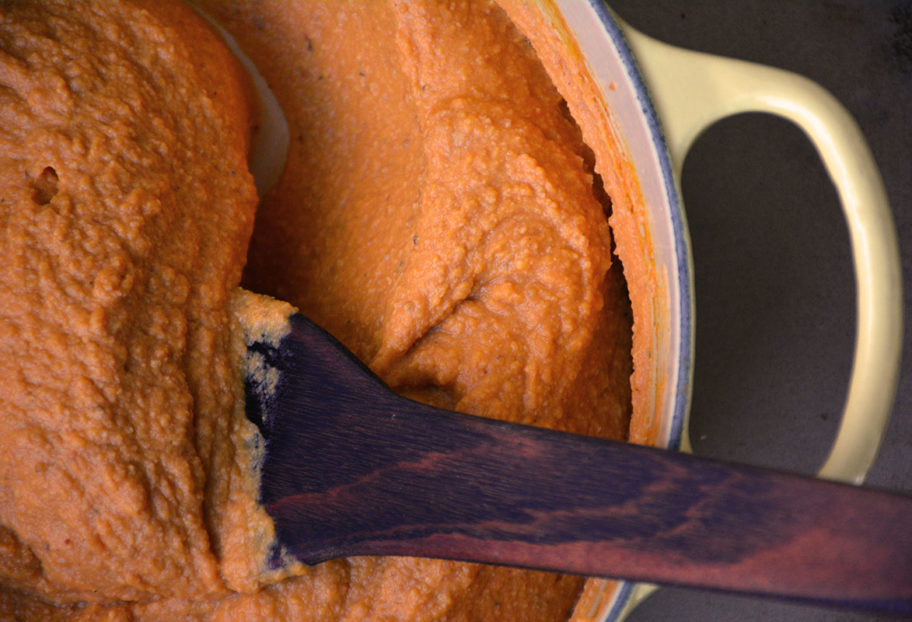
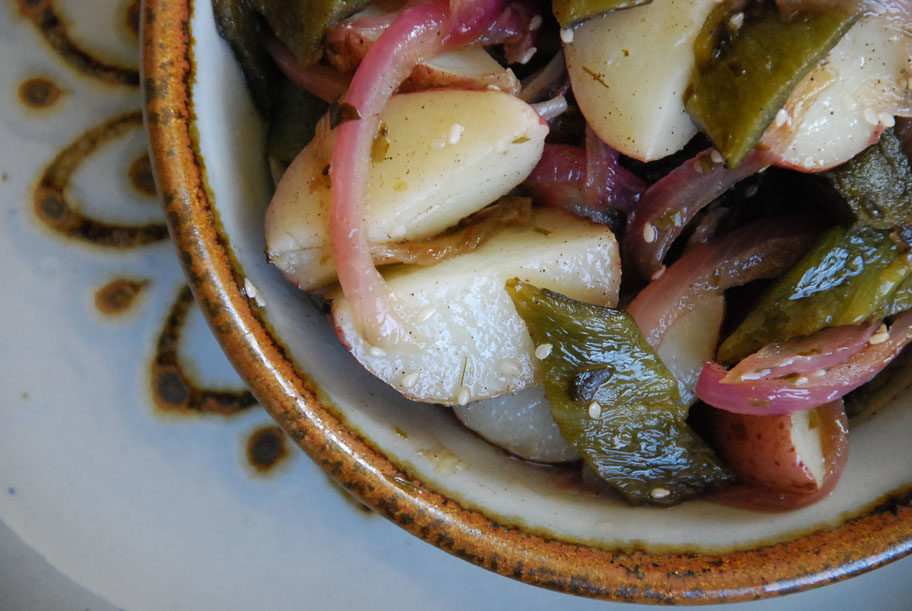
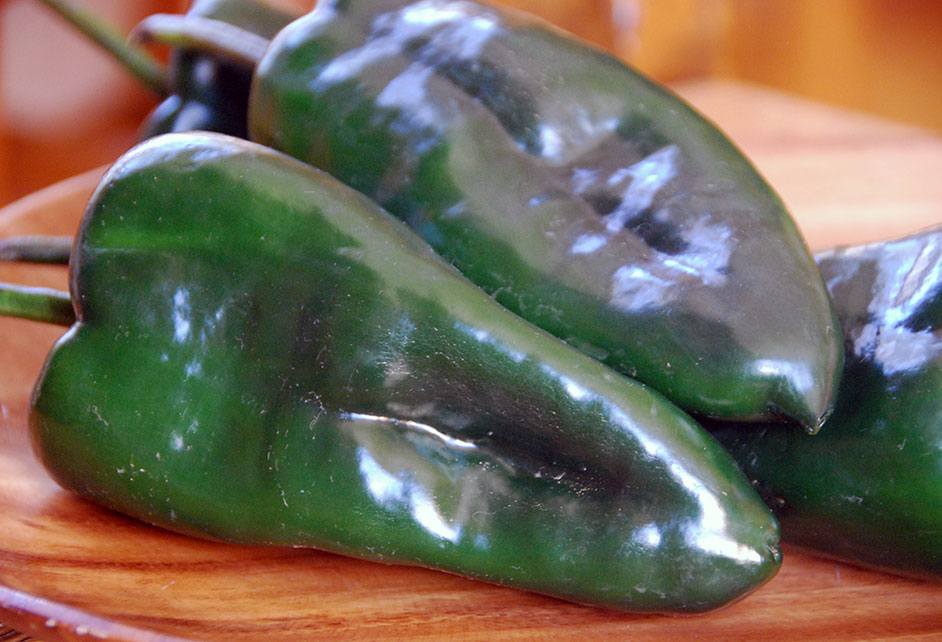
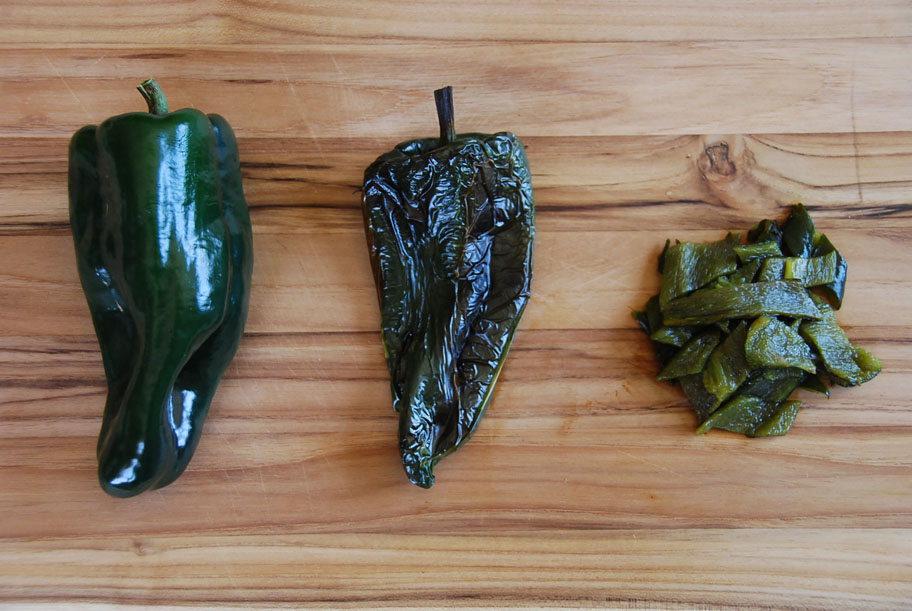
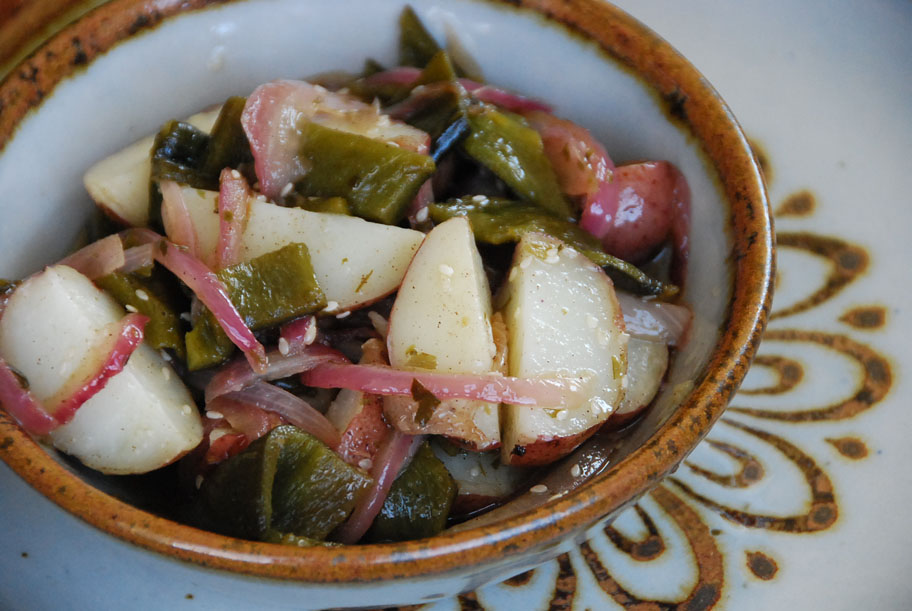
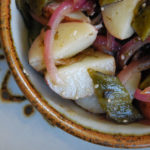
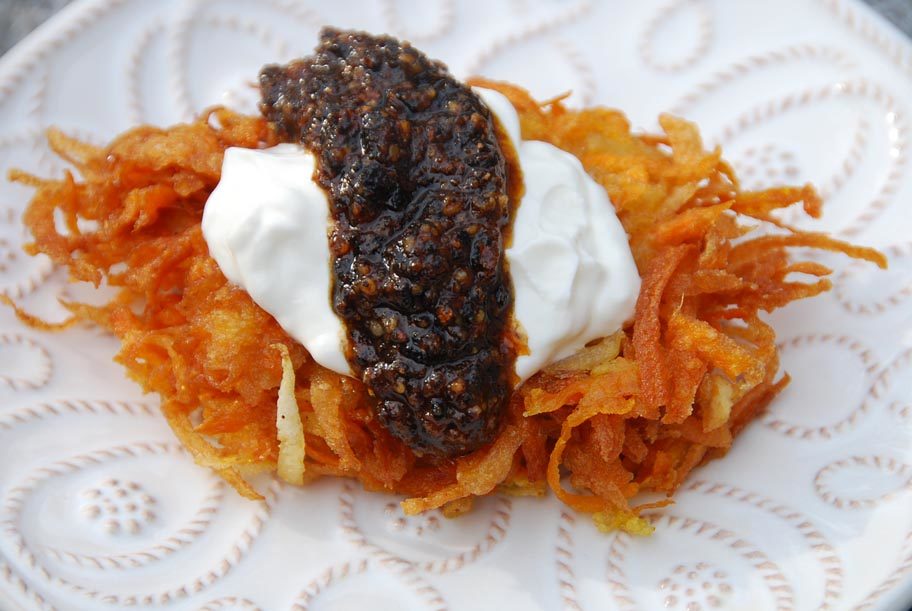
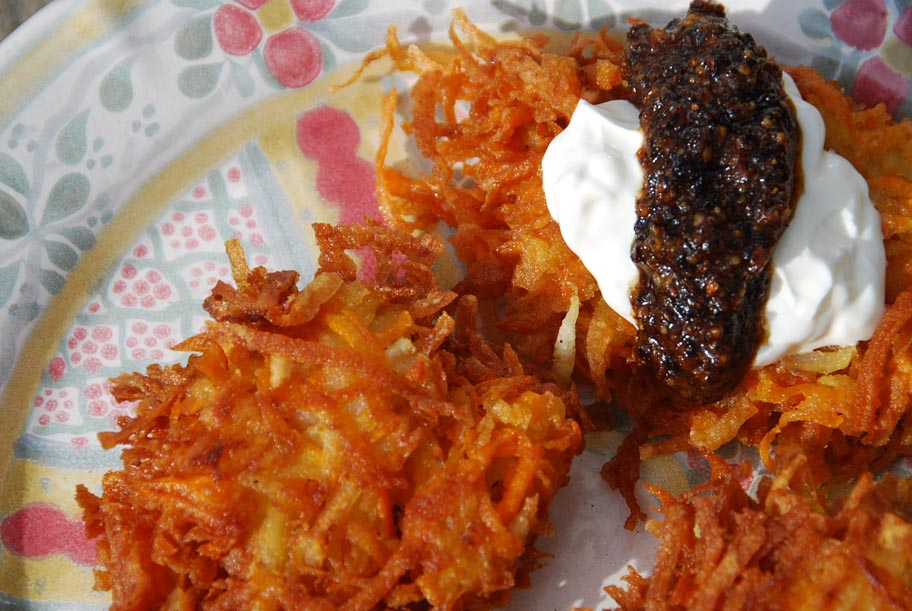
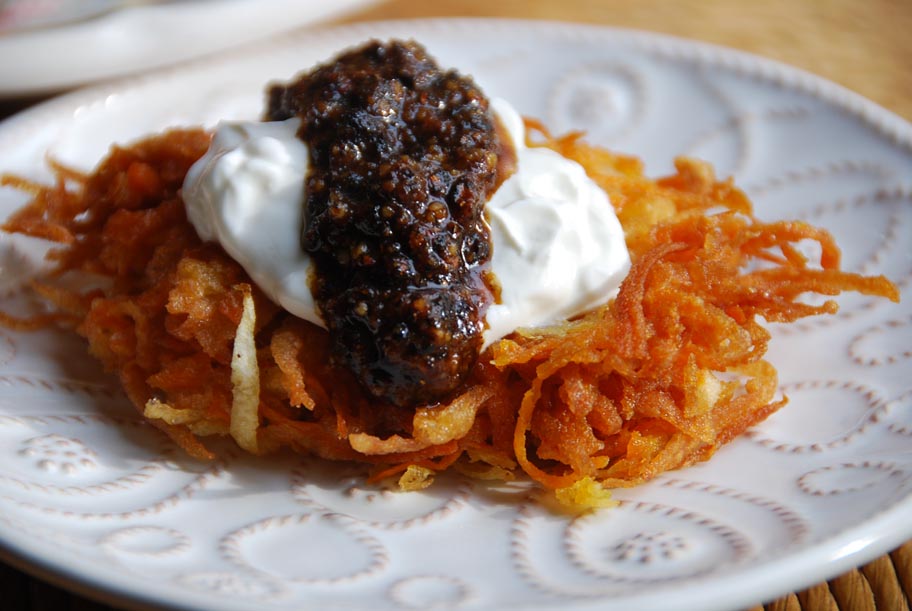

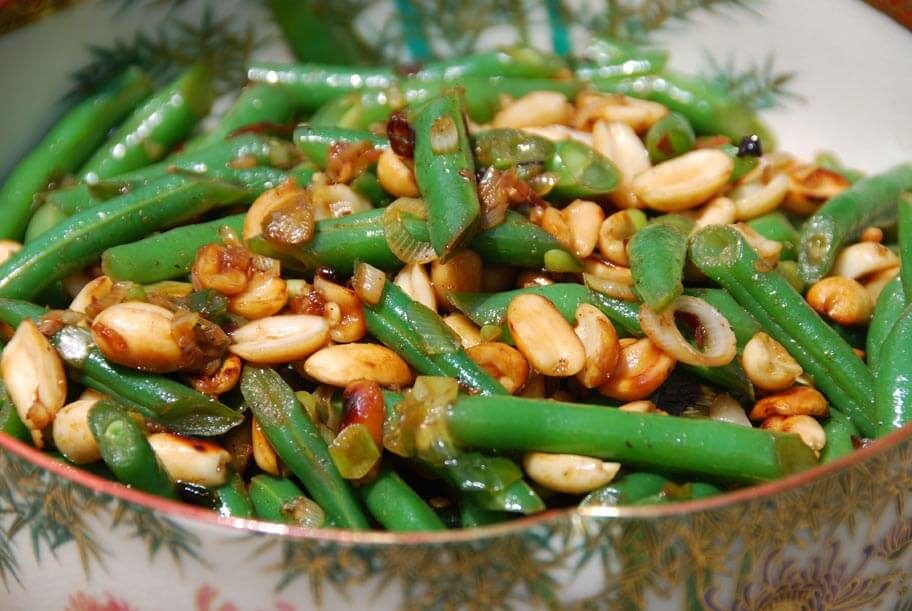


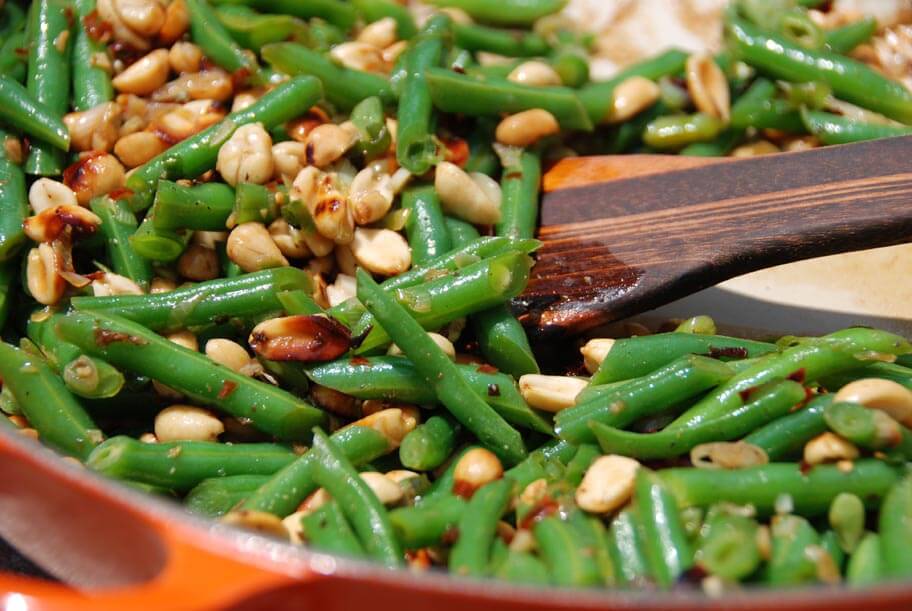

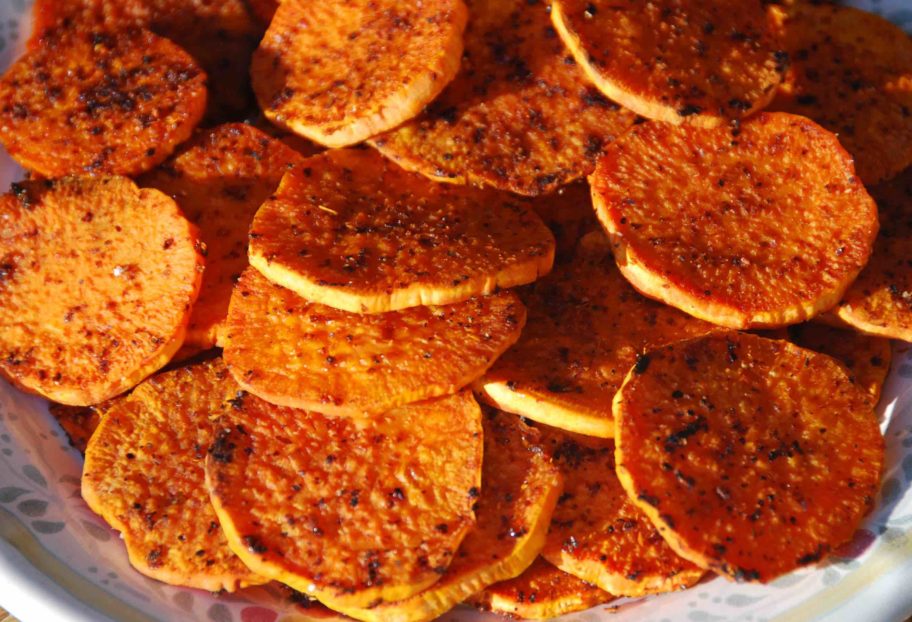
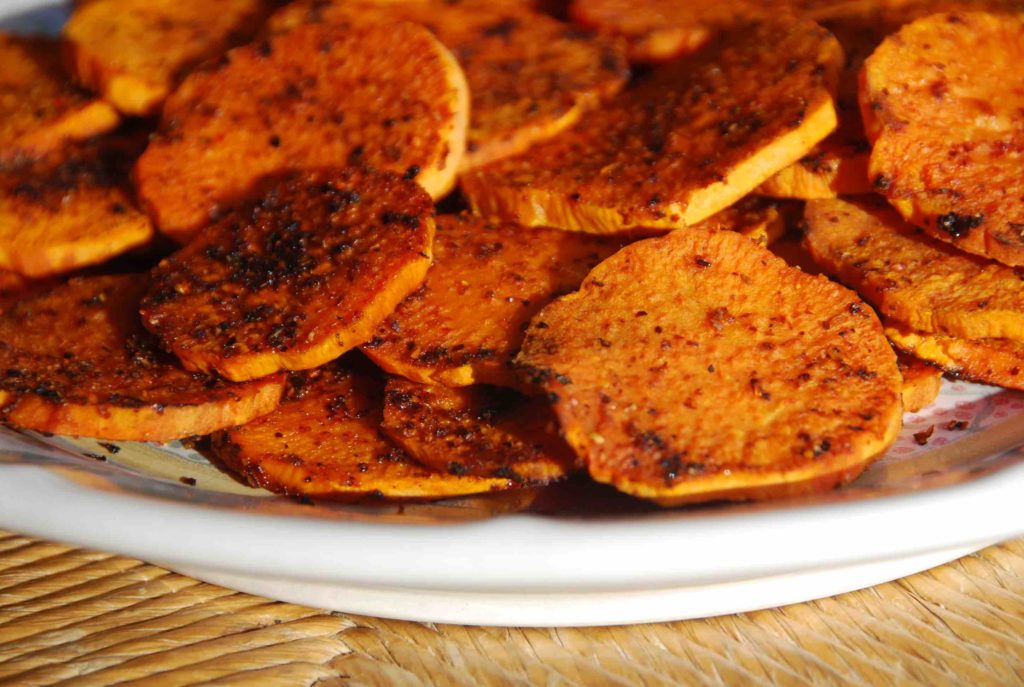
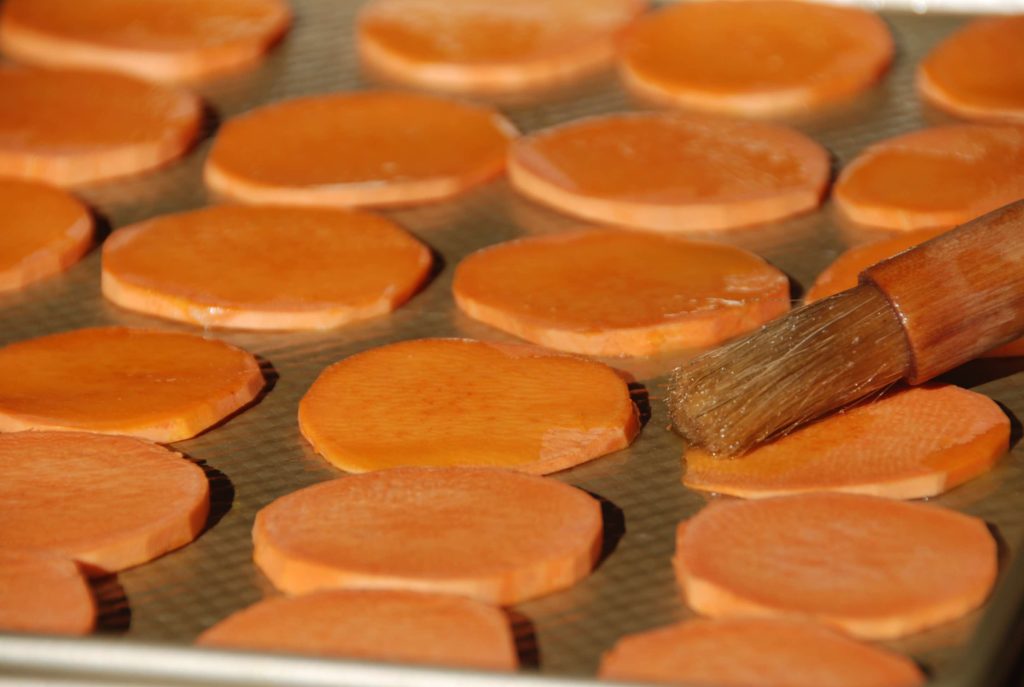
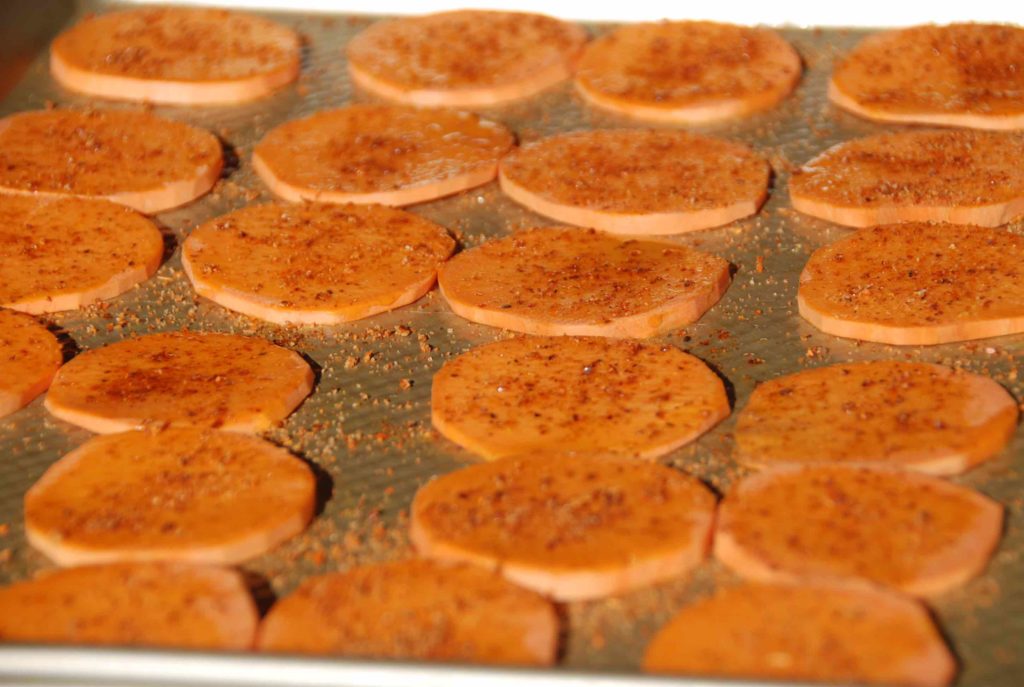
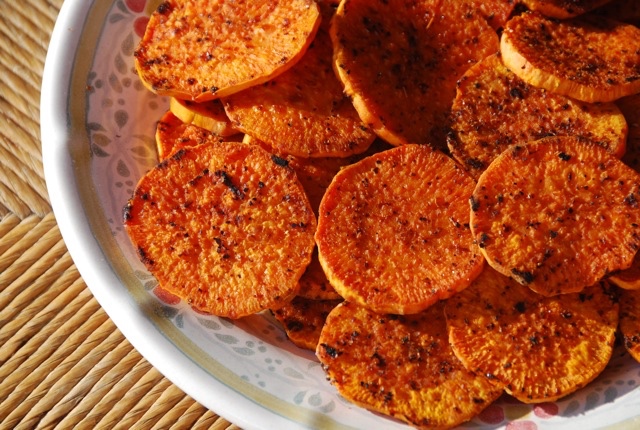

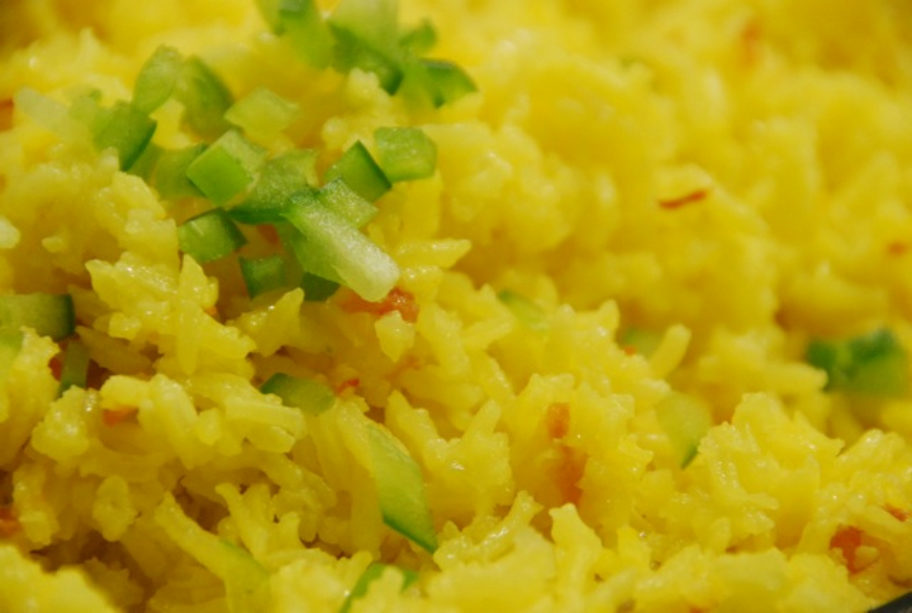
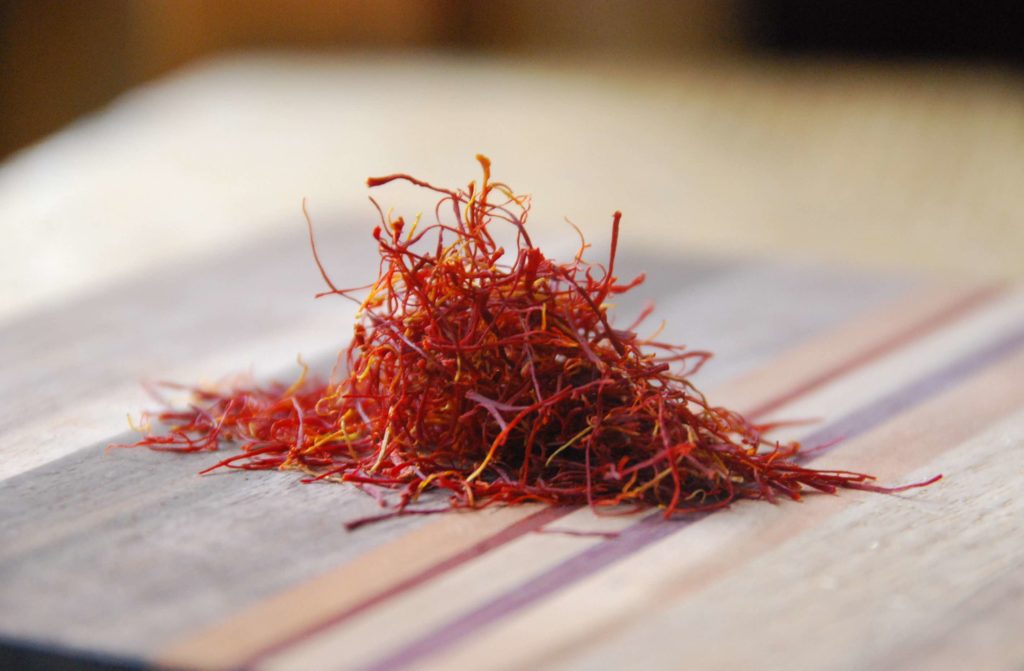
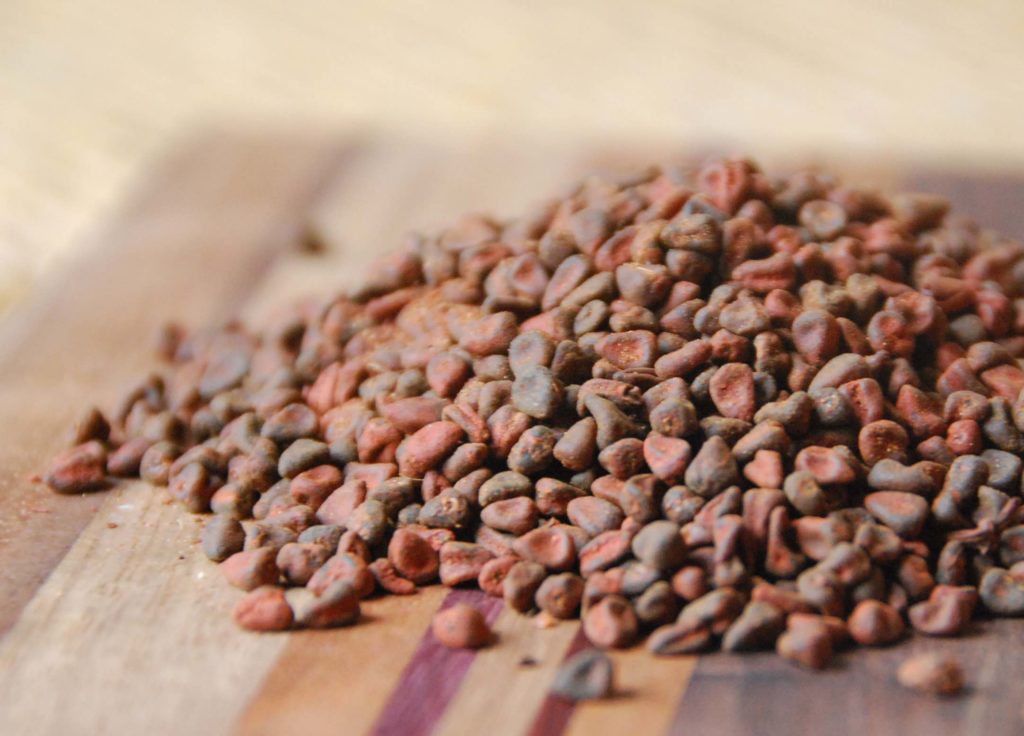
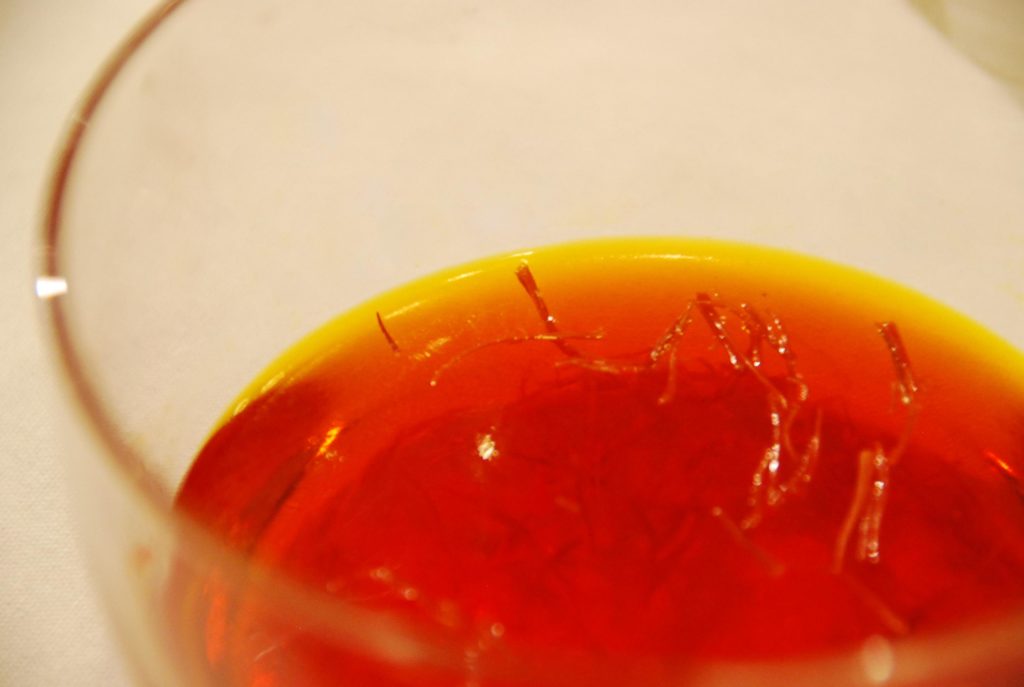

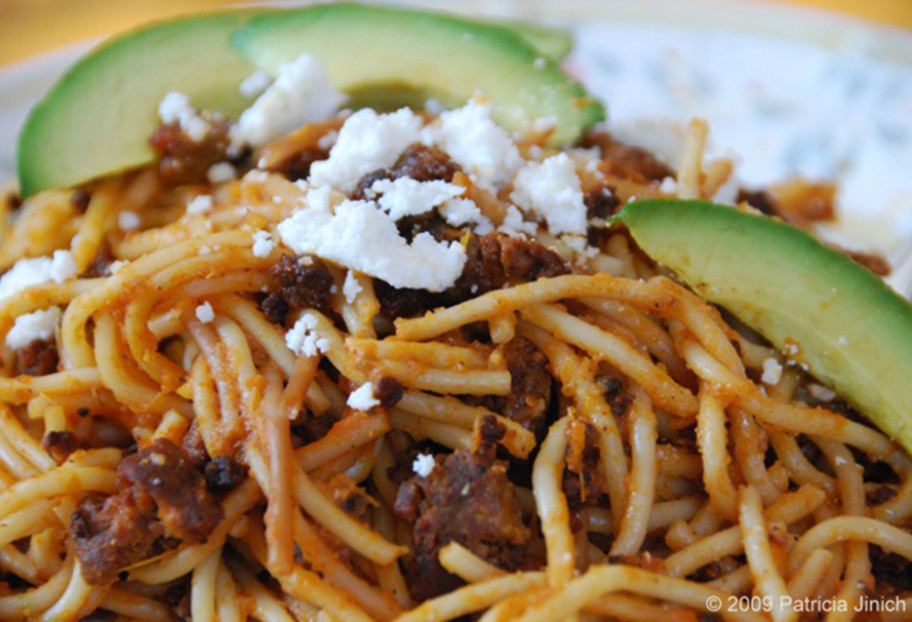
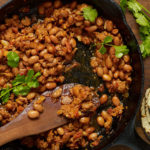
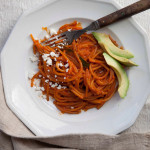

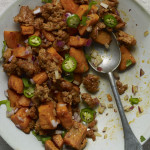
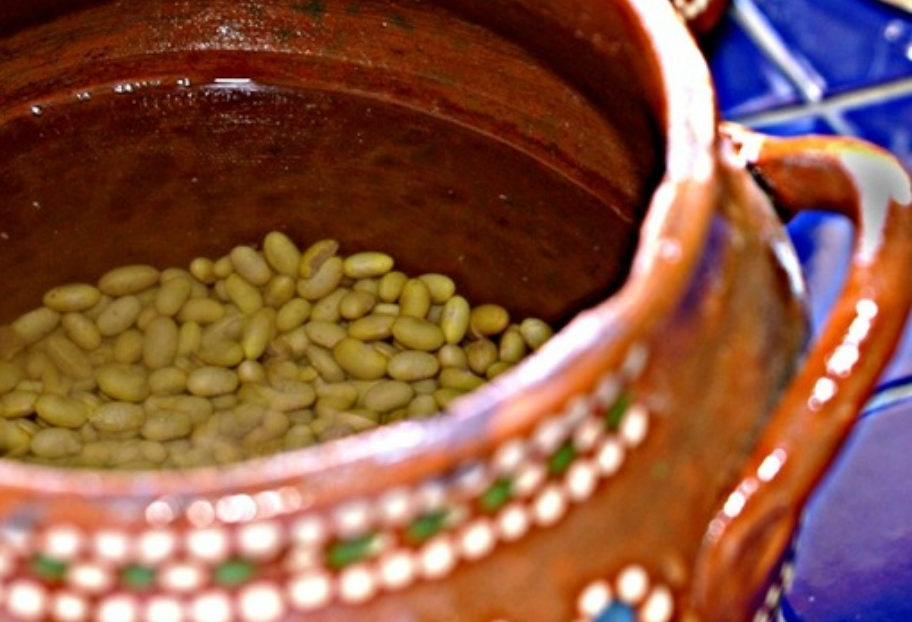

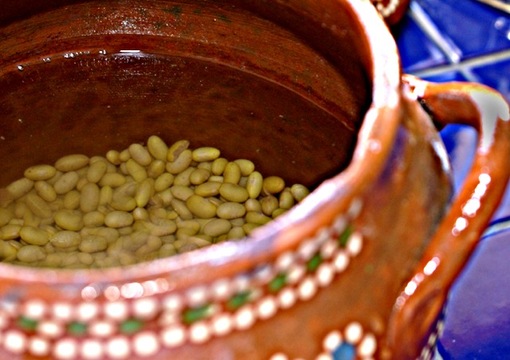
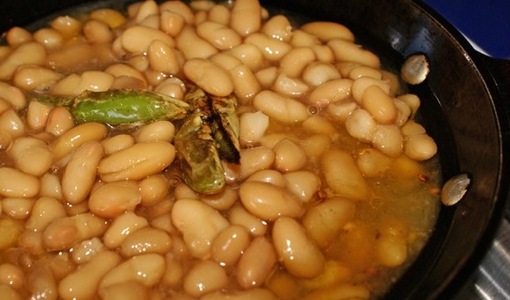
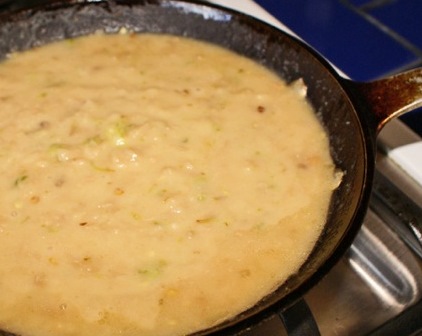
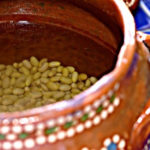
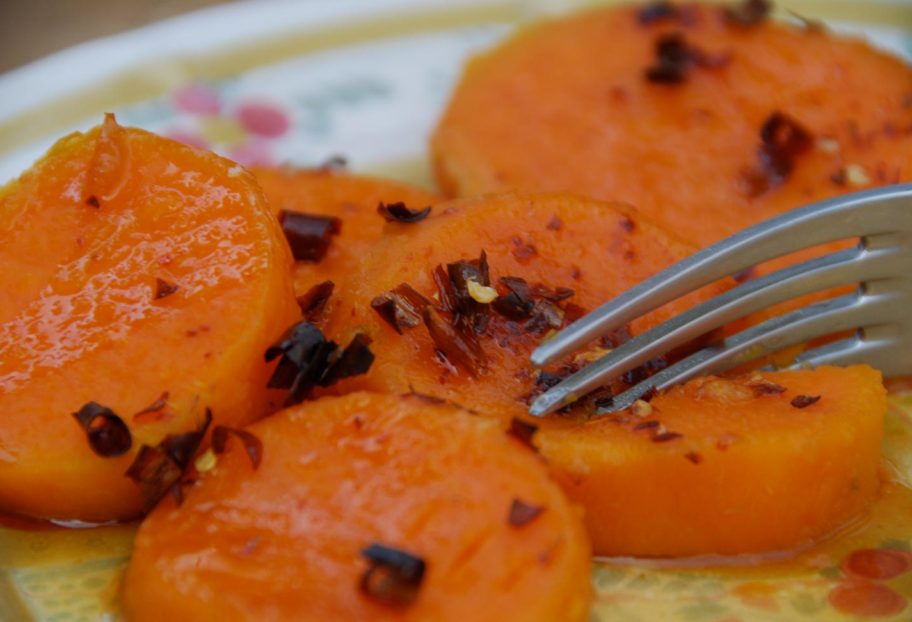
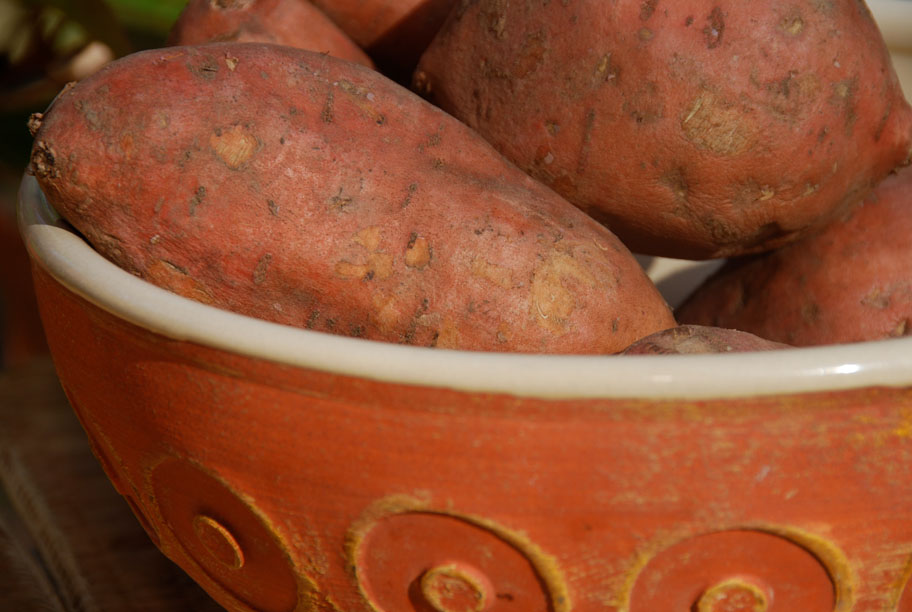
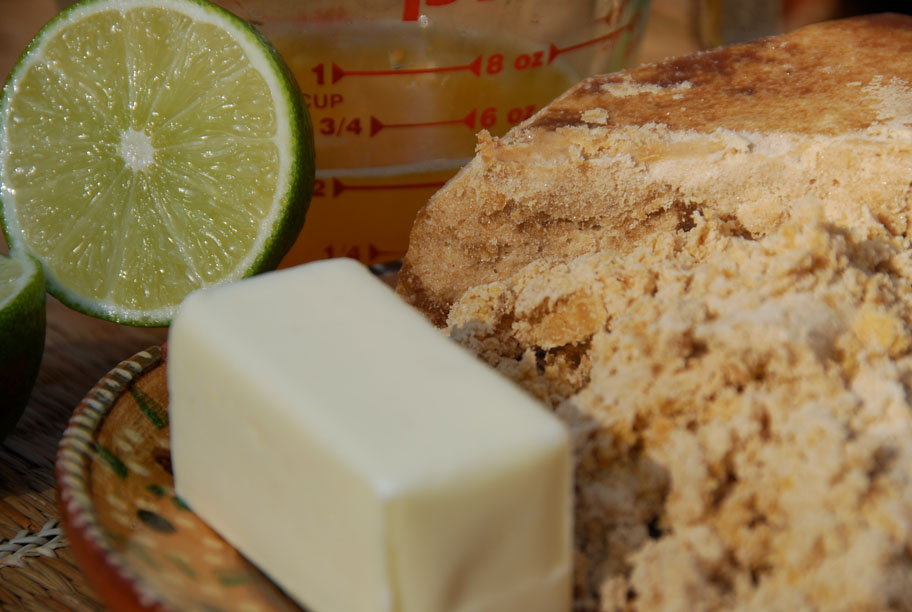
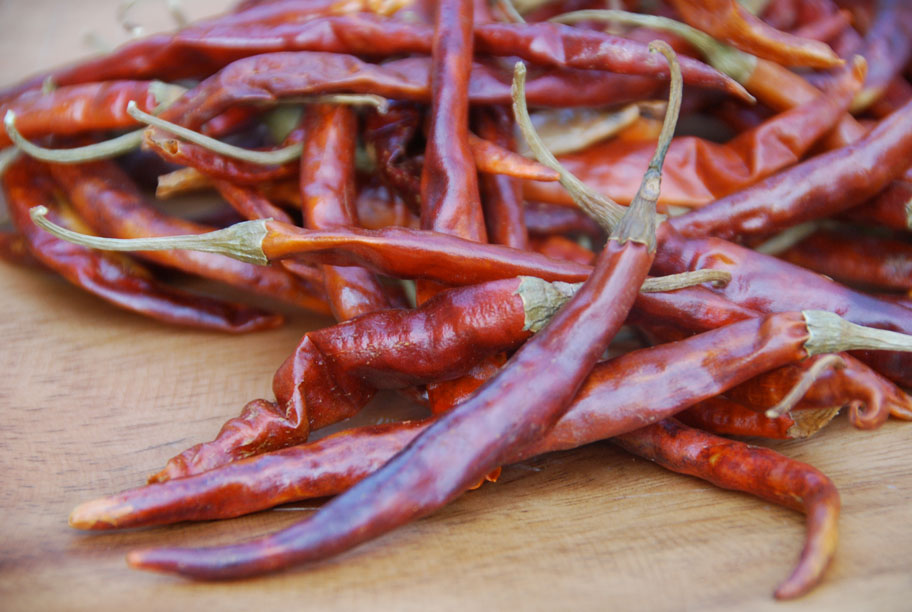
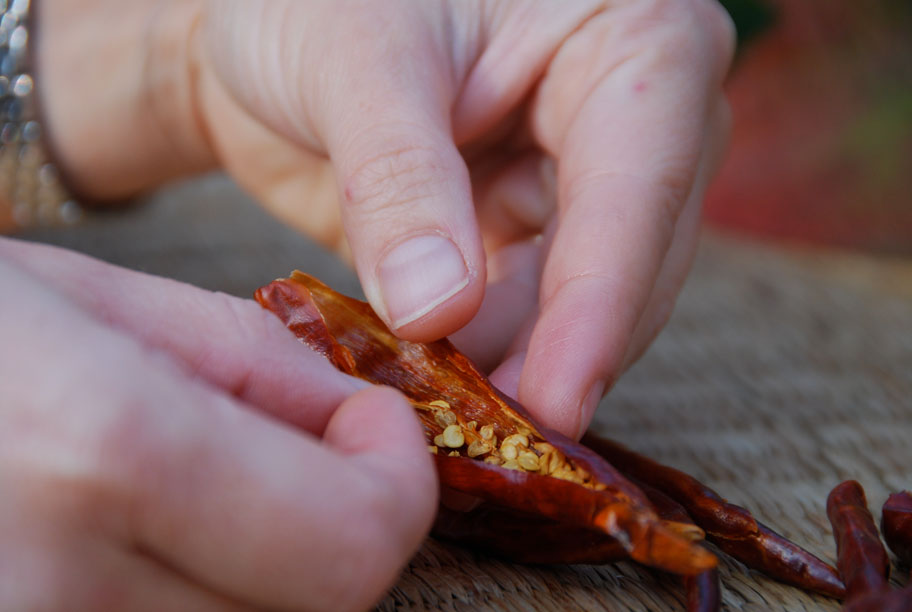
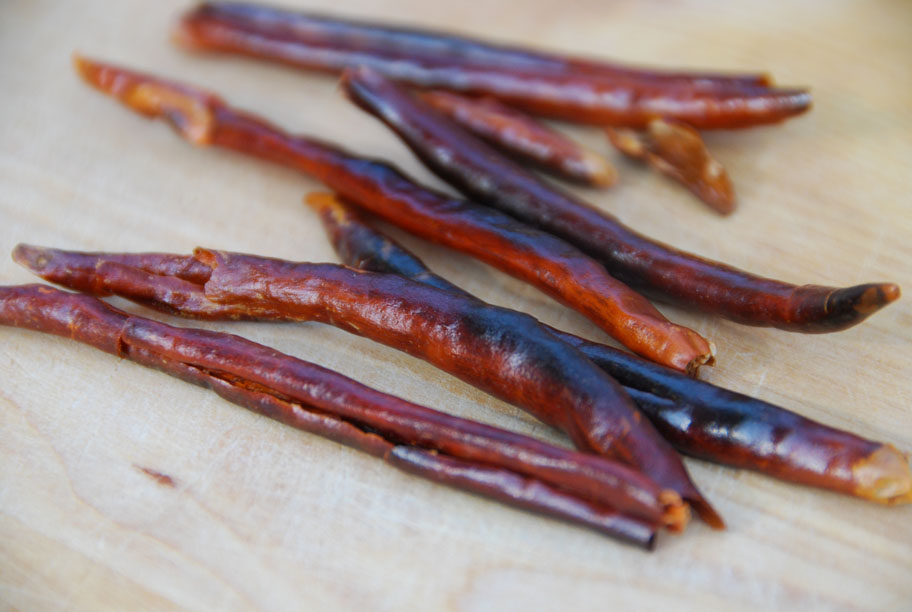
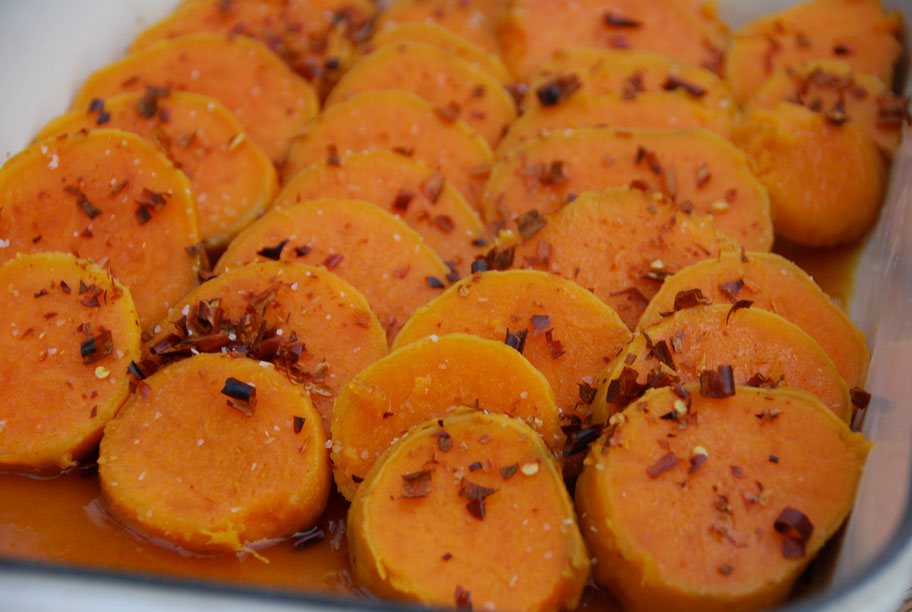

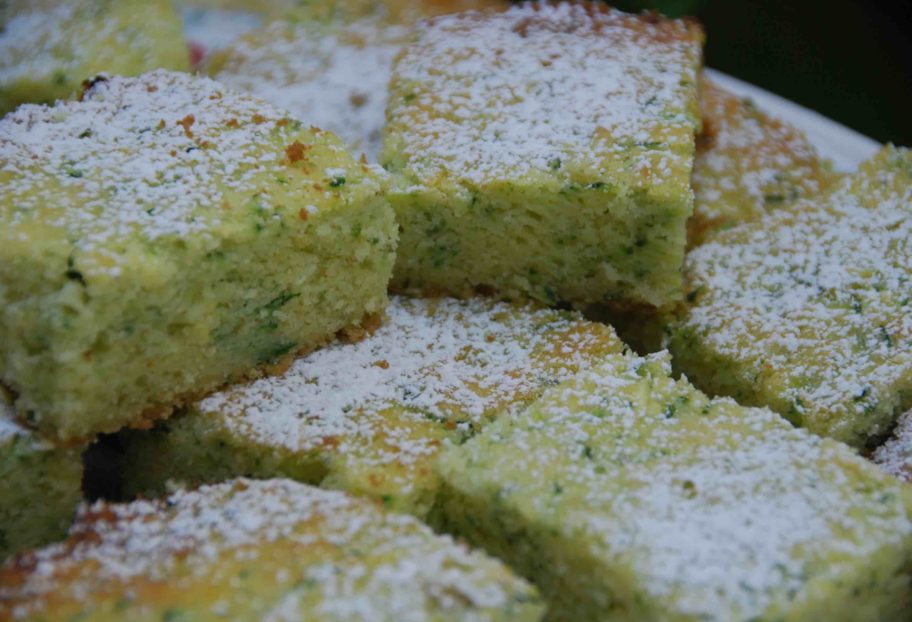
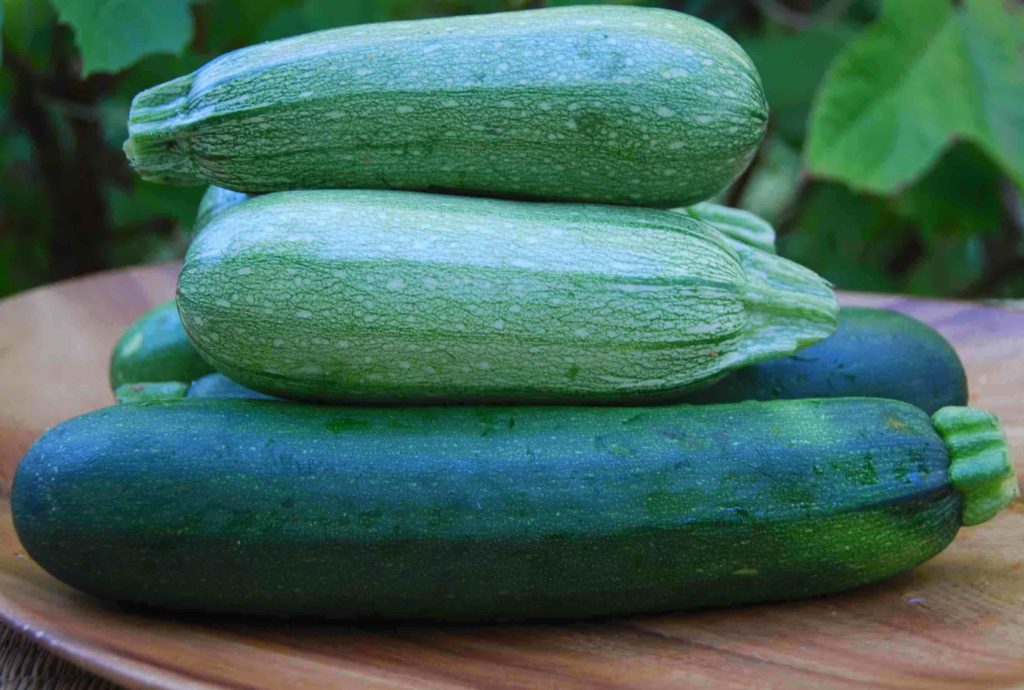
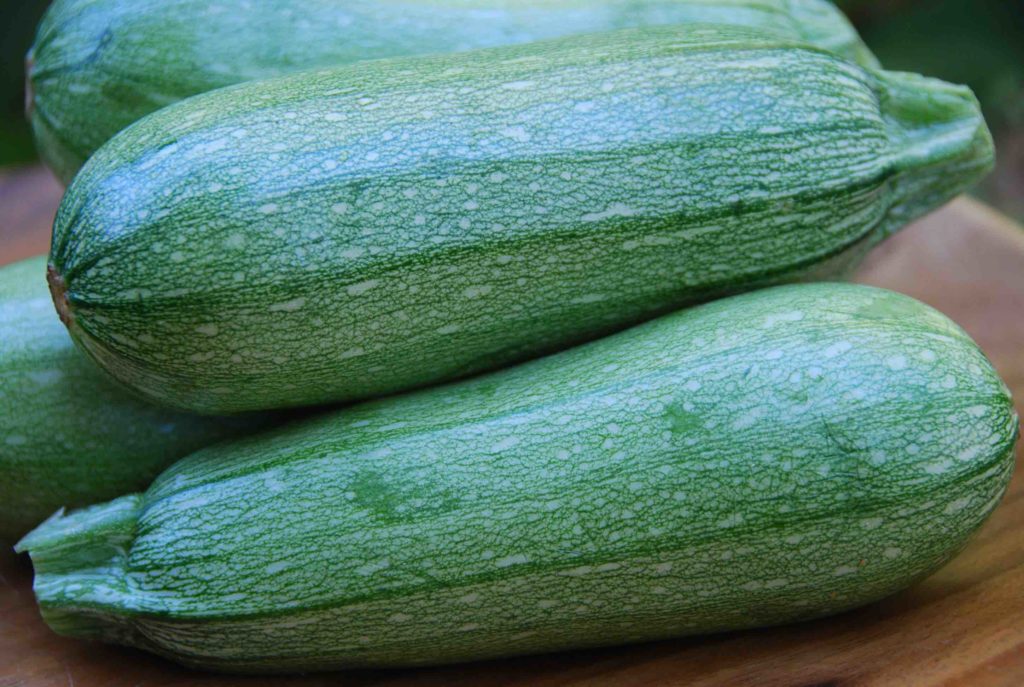 (The zucchini mostly found in Mexican markets, calabacita italiana, sometimes called Pipian in Latin stores throughout the US.)
(The zucchini mostly found in Mexican markets, calabacita italiana, sometimes called Pipian in Latin stores throughout the US.)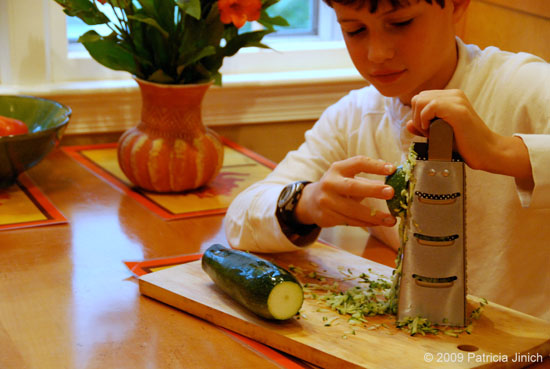 (While my youngest son loves to mash away with the molcajete, or anything else, my oldest has graduated to use the grater, which he does with worldly pride.)
(While my youngest son loves to mash away with the molcajete, or anything else, my oldest has graduated to use the grater, which he does with worldly pride.)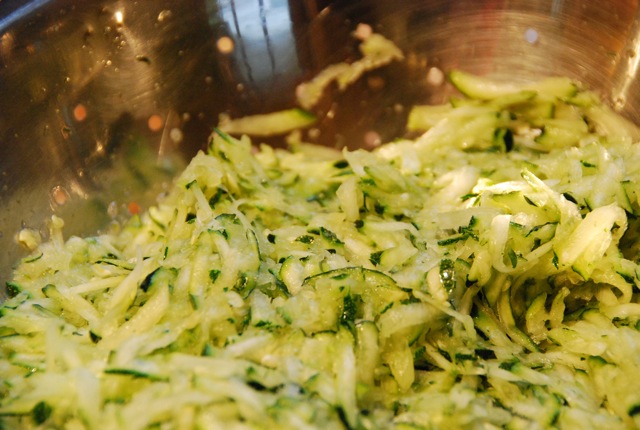
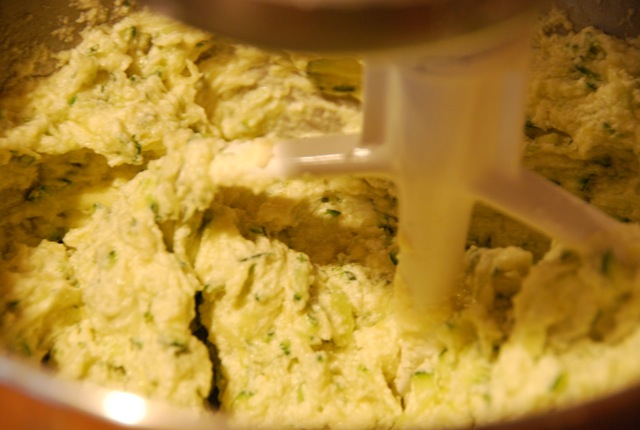
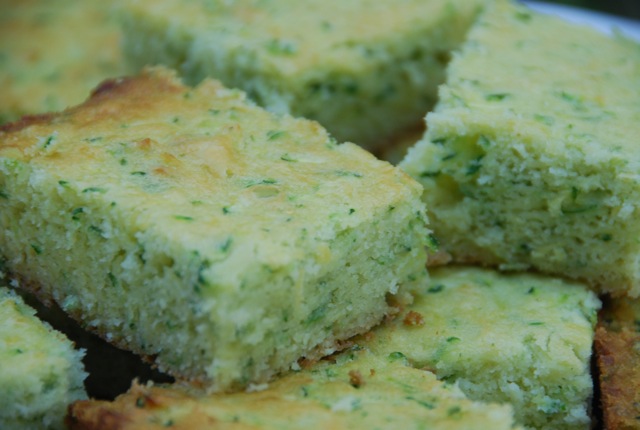

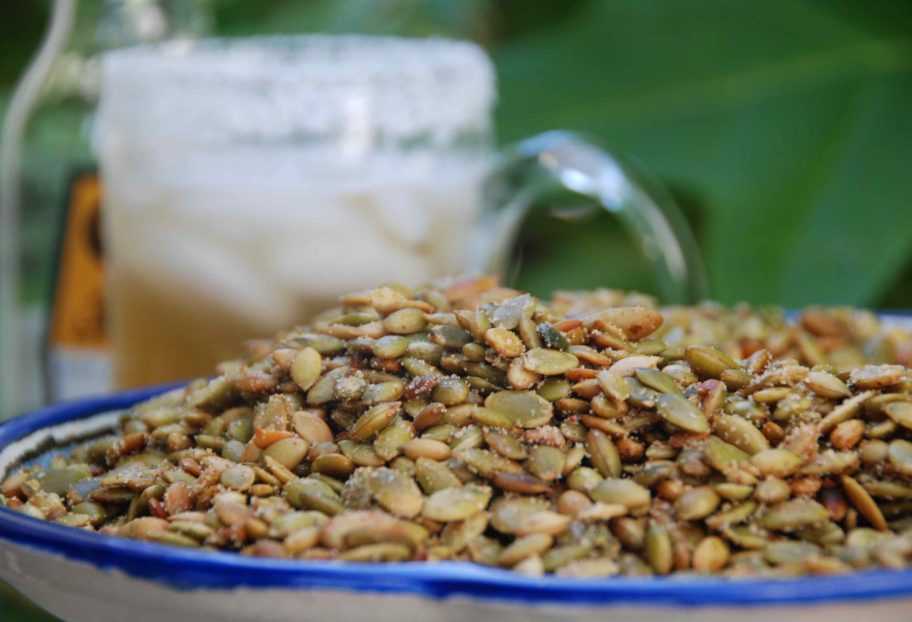
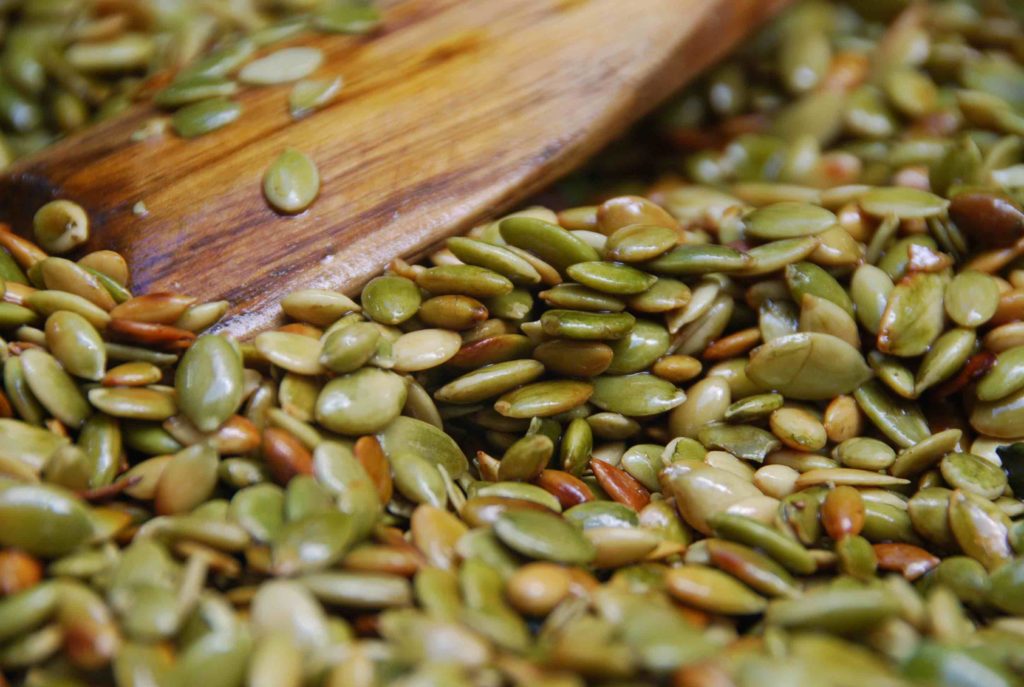 (Pepitas gently frying in my pan, popping and changing from an olive green to a light brown toasted color)
(Pepitas gently frying in my pan, popping and changing from an olive green to a light brown toasted color)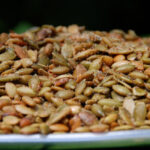

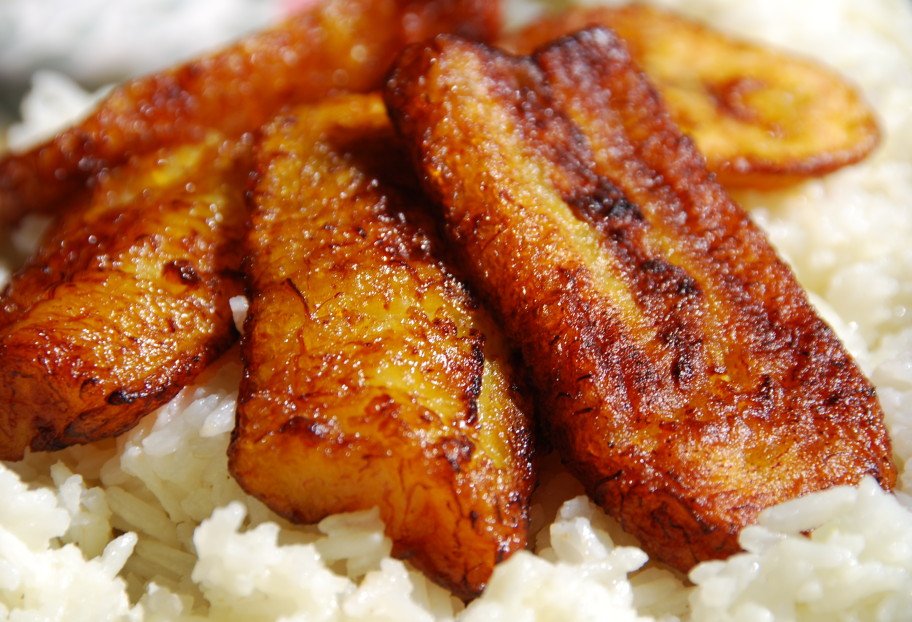
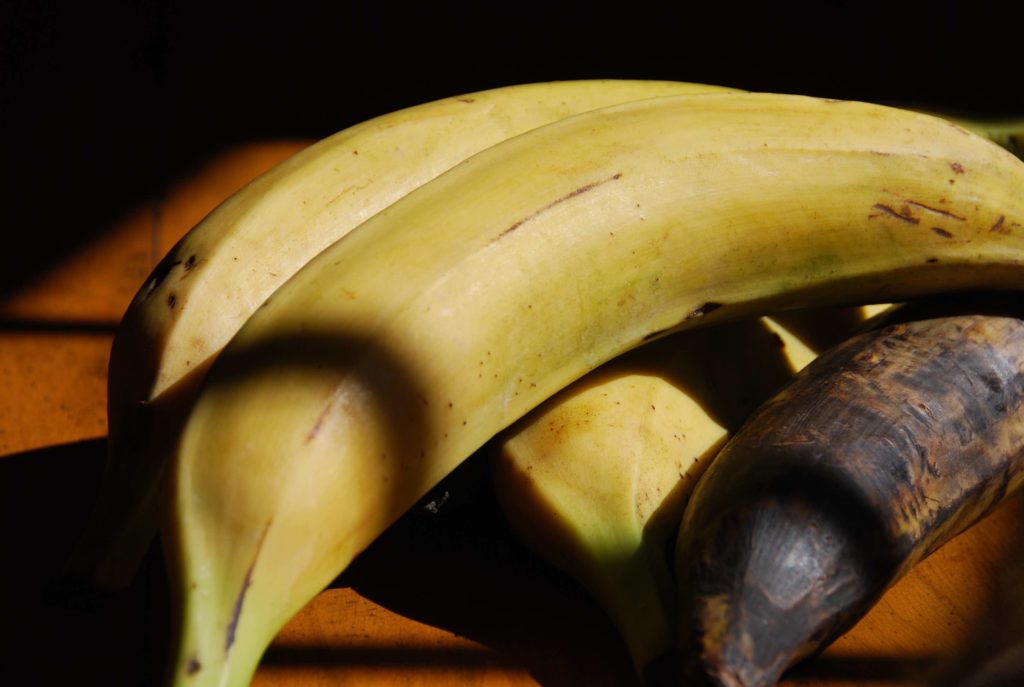 (Plantains on my dining room table, the one covered in black spots is ripe and ready to be cooked)
(Plantains on my dining room table, the one covered in black spots is ripe and ready to be cooked)